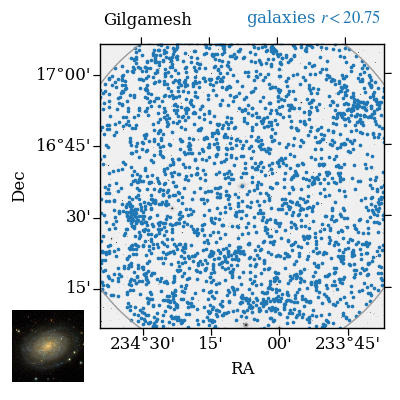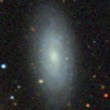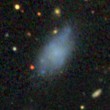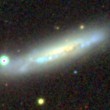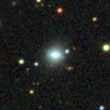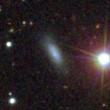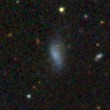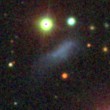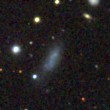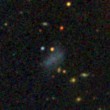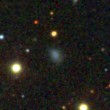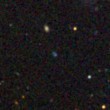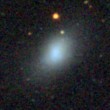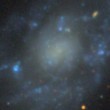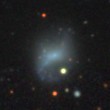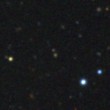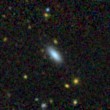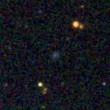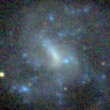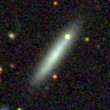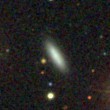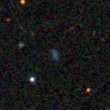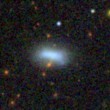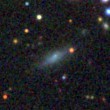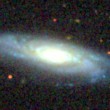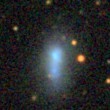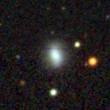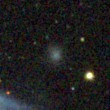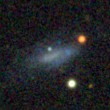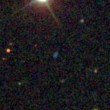SAGA Science Goals
Put our Milky Way in Context
Our Milky Way Galaxy is the most well-studied galaxy in the Universe. A particularly informative component of the Milky Way is its system of satellite dwarf galaxies. To interpret the Milky Way satellite system in a cosmological context, it is critical to study a representative sample of systems analogous to the Milky Way. The goal of the SAGA Survey is to find and characterize satellite systems around 100 Milky Way analog galaxies.
Discover Dwarf Galaxies
The SAGA Survey aims to determine dwarf galaxy satellite systems around 100 Milky Way analogs down to the brightness of the Leo I galaxy (Mr < −12.3). We have complete spectroscopic coverage within 300 kpc of 8 Milky Way analogs so far. We have discovered 16 satellite galaxies, in addition to 13 satellites already known in the Sloan Digital Sky Survey, for a total of 29 satellites (images below). Unlike the Milky Way, the majority of our satellites are actively forming stars. This surprising result already challenges many current models of galaxy formation.
Learn about the Galaxy-Halo Connection
Dwarf galaxies provide a key test of cosmological models on small scales. At present most of our information comes only from the satellite dwarf galaxies around the Milky Way and Andromeda galaxies. The SAGA Survey will measure satellite luminosity functions around a representative sample of Milky Way-like galaxies. Follow-up observations of the SAGA dwarfs will further determine mass functions and HI gas fractions. This will provide new information about the connection between galaxies and their dark matter halos on the smallest scales.
SAGA Team Members
More Information
Data Release
The SAGA Survey measured spectroscopic redshifts for 17,344 unique objects, including 15,734 galaxies and 1,610 stars. These spectra can be downloaded as a single FITS file (36.3 MB).
In addition, we have identified a catalog of about 2,000 galaxies that is as complete as possible for galaxies with MK < −19.6 within 40 Mpc. From this, we selected a sample of 202 Milky Way analogs that SAGA will consider for spectroscopic follow up. 71 of these have nearly complete imaging within the Sloan Digital Sky Survey footprint. Our current spectroscopic sample is based on follow up around 16 of these hosts.
If you have any questions, please contact us at saga@sagasurvey.org.
Acknowledgements
We thank Emily Sandford for suggesting the acronym "SAGA".
The banner background and the SAGA satellite images are taken from the Sloan Digital Sky Survey layer in the DECam Legacy Survey Viewer. We thank Dustin Lang for building the DECaLS Viewer.
This website uses a template from Pure CSS under the zLib license. This site uses Cloudflare Web Analytics.
© 2017-2020 The SAGA Survey
